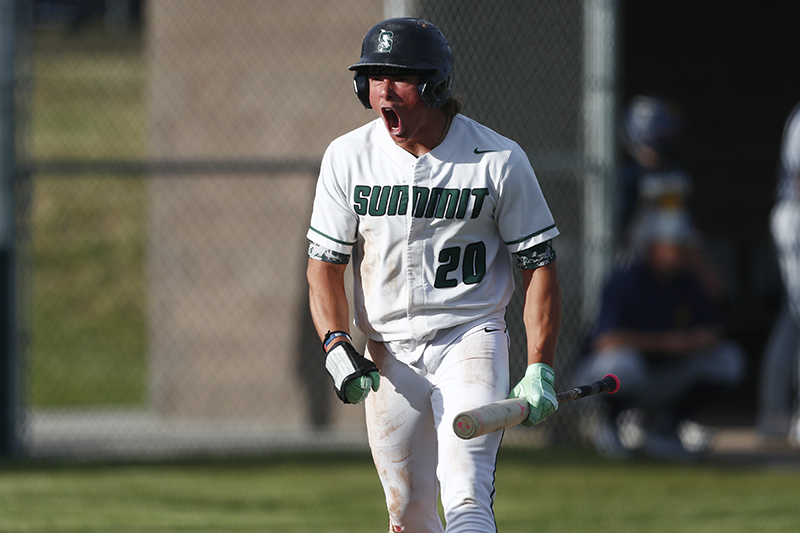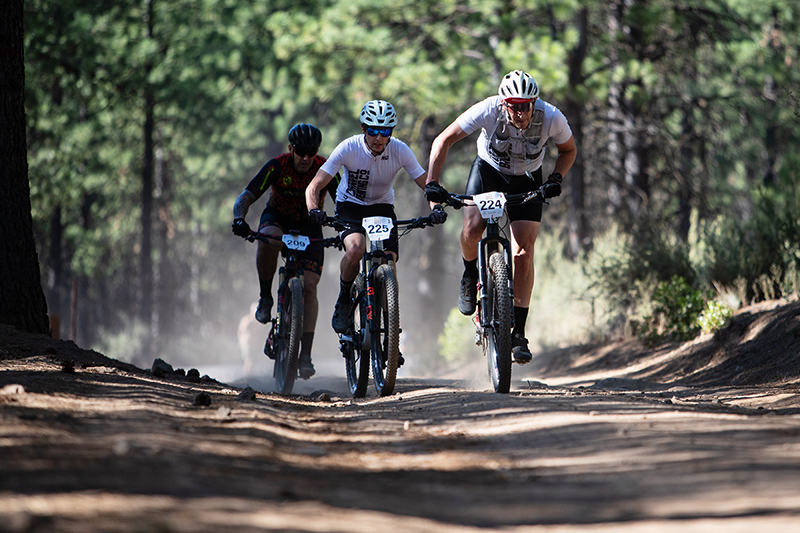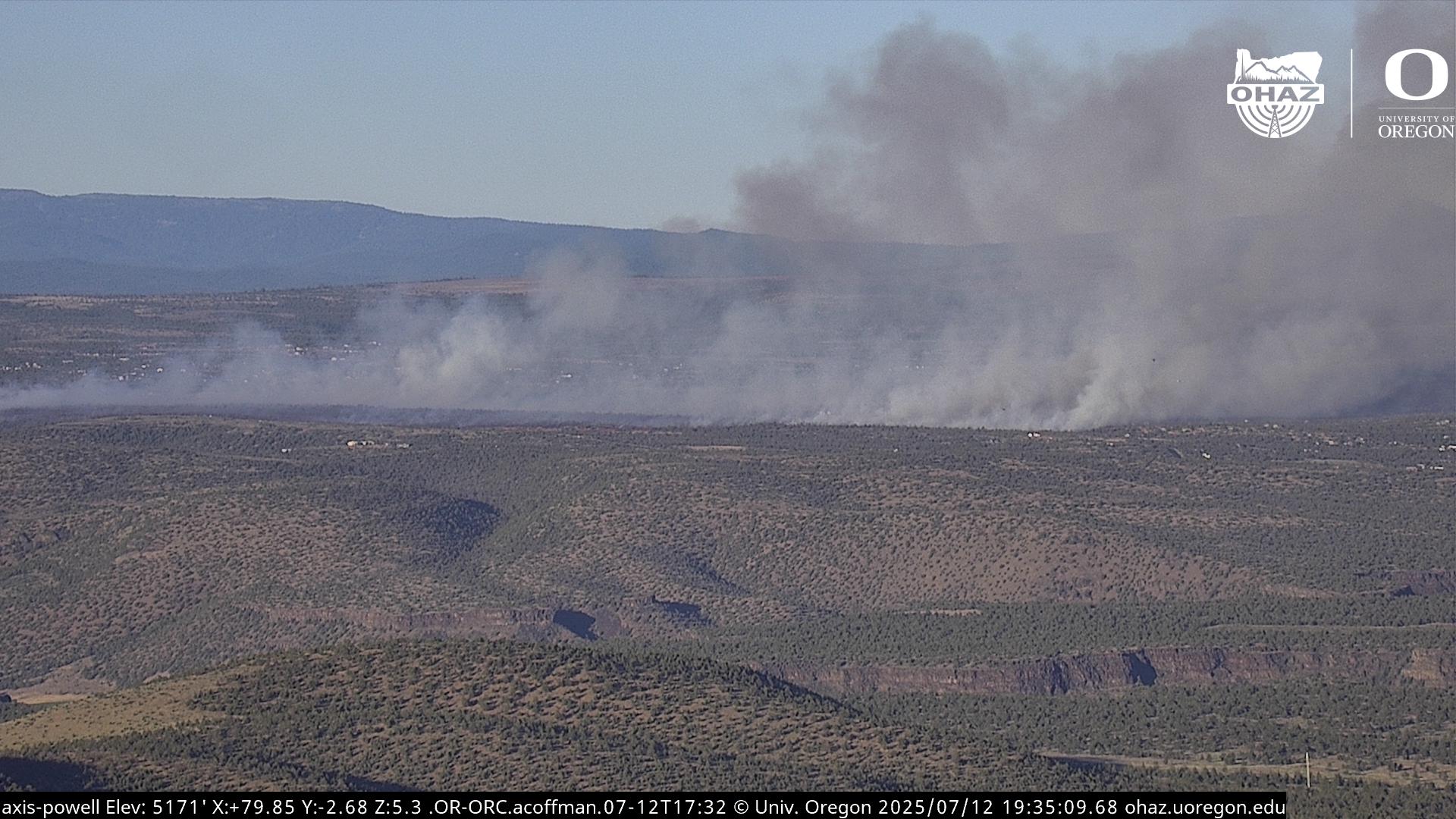Not for web
Published 9:00 pm Monday, May 20, 2024
In 2007, while working as a war photographer in Afghanistan, I faced what you might call a professional ethics test. After a day of heavy fighting in Kandahar, the Afghan and Canadian soldiers I was with needed to evacuate a casualty.
This was not someone they knew; it was a Taliban insurgent who only hours earlier had fired on us, been shot in the chest, and then surrendered. He was gravely injured. On foot and miles from base, the soldiers were faced with a moral dilemma: Should they leave him to die or risk their lives to save their enemy? Bitterly, they decided to save him.
Trending
As we stumbled through the unforgiving terrain, the medic asked in a desperate tone if I would take a turn helping carry the stretcher. As a journalist, I try to stay out of the stories I’m covering, but the humanitarian in me agreed. Helping carry a wounded human being through the dark, where I could not take photographs, I wondered why I was even there. All the photos of the day’s firefights felt meaningless. When we got back to the base, several of us vomited from exertion. But as soon as I could, I edited, filed my photos, and called my photo editor to discuss my images. That was the job.
You’d never guess most of these parts of the job from writer and director Alex Garland’s recent film, “Civil War,” which follows two photojournalists covering a contemporary armed conflict — the origins of which we never learn — in a divided United States. Their assignment is to travel from New York to D.C. to photograph the president in a war-torn capital where journalists face the threat of execution. On the road, they encounter several scenarios in which the film highlights its interpretation of what a “war photographer” does. But as an actual war photographer, I can tell you that the film’s creators get that fundamentally wrong — with dangerous implications.
As the photographers — a jaded veteran played by Kirsten Dunst, and the young woman, played by Cailee Spaeny, she reluctantly accepts as a protégée — the two main characters focus on covering shooting up close, as though that’s the most important aspect of what we do. It is not only what the photojournalists photograph, but also what they don’t, that rings false. When the two spend a night in a displaced-persons camp, neither character raises her camera to document what’s around them, ignoring the civilian victims of the war.
What I have learned covering conflict over the course of decades is, with a few exceptions, most pictures of firefights alone don’t say much — and, similarly, the film doesn’t say much about the people committing the atrocities or what has led them to this point. The pictures being taken during the film don’t explain a civil war any more than the film does, focused as it is on the spectacle of the violence.
Ironically, the film makes admiring reference to photographer Lee Miller, best known for her images from Nazi death camps — and someone who was everything these characters are not. Though unjustly held back from covering front-line combat because of her gender, Miller made some of the most poignant work of World War II, at the sites of one of the worst human rights violations in history.
The film also degrades our own humanitarian responsibility as journalists. Repeatedly, as colleagues are shot, the photojournalists in “Civil War” simply leave people to die. In the film, that becomes a mark of character — that a photographer seeing another shot would just continue taking photos, leaving her behind. These actions serve the film’s narrative, but they don’t represent reality.
Trending
There is a broader point to this. Audiences at this critical time in history need to understand that in any conflict, there are sides with clear intentions, as in the Jan. 6, 2021, attack on the Capitol. Images of that day by a Reuters photographer, Leah Millis, made an invaluable record of the attempted coup that this film suggests could lead to an actual civil war. On that day, I was at the Capitol amid the violent mob when someone screamed “photographer,” pointing toward me, causing men with clubs to encircle and threaten me. It matters who was behind this and what that mob wanted. It also matters why people think photojournalists are there.








